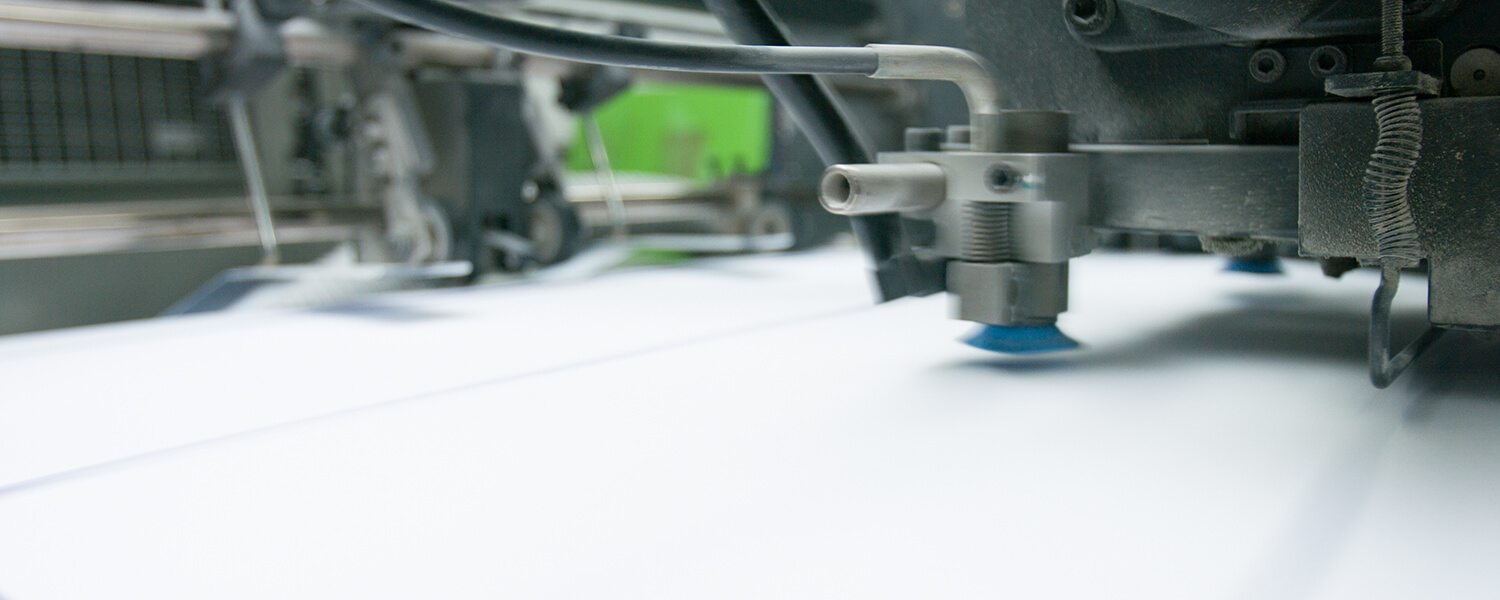
Many thanks once again for stepping in with the annual reports job for us. We have received them and they look (and smell) great! I love the smell of freshly printed reports for some reason! Alex.W
Just a quick note to say thank you for the leaflets. Your driver was extremely helpful too. Dagmar.S
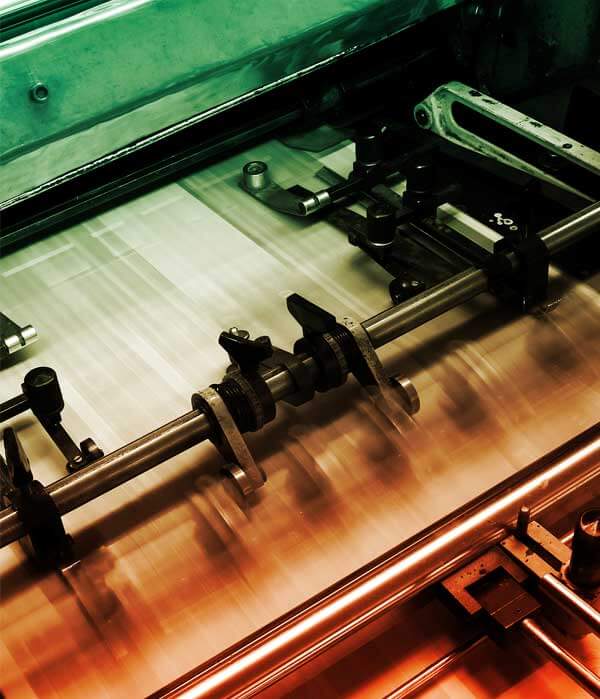
All has gone down well over the past 12 months, so thanks to all at PLP Phil .R
Thank you so much for my invites – I love them! And thank you so much for folding the outers for me 🙂 that’s saved me a lot of time! I really appreciate it, it’s really kind of you. Eloise.L
By the way the Academy brochure you did for me went down really well. Dan.C
The flyers look amazing, thank you so much for all your hard work on it and the quick turnaround.Nat.G
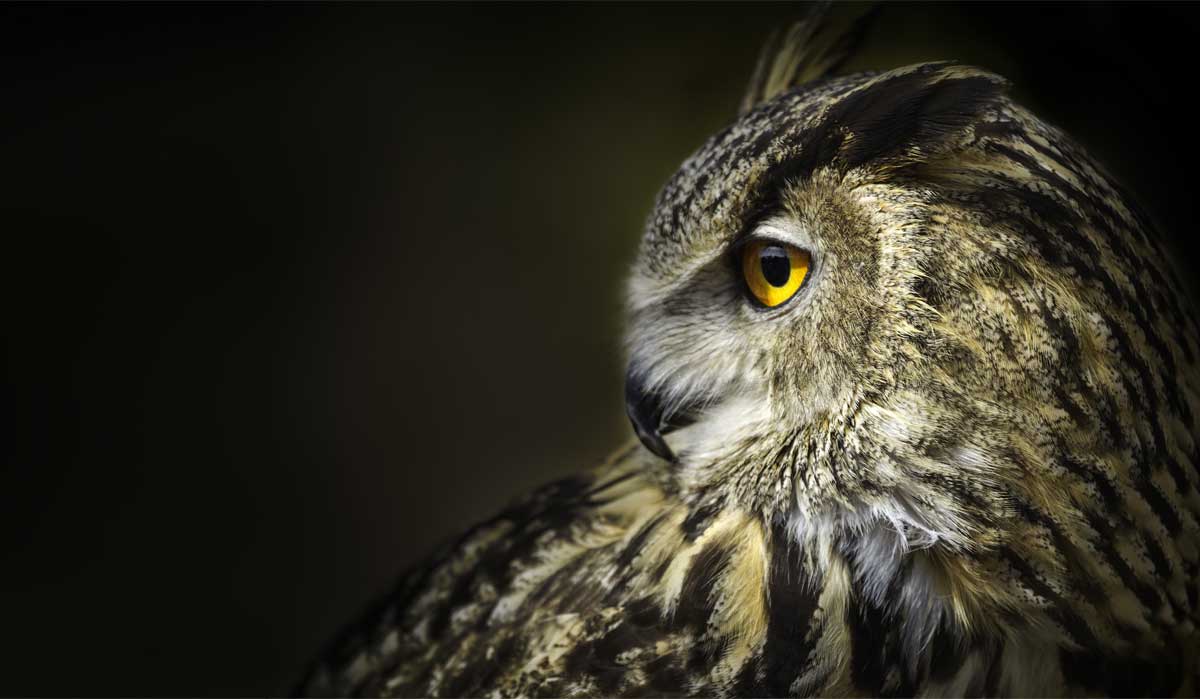
Brochures arrived today and look fantastic! Thanks again for such a quick turnaround Josh.N
A massive thank you for the folders we just received this morning, They look absolutely stunning . Well done! Tom. D
The booklet look super smart and I’m really pleased. So happy. Thanks to Tim for the spot on match on the yellow. Bridget. L
The schools flyer has arrived in and it looks great. Thanks for doing such a great job and getting it here early. Wendy. R
Just to say thanks for a nice clean job and to all of you at Park Lane Press for all your help throughout the project. Lydia. T
Thanks for the Autumn Performance Guide print – really pleased with the job, and it went down really well at our event yesterday. Fiona.M
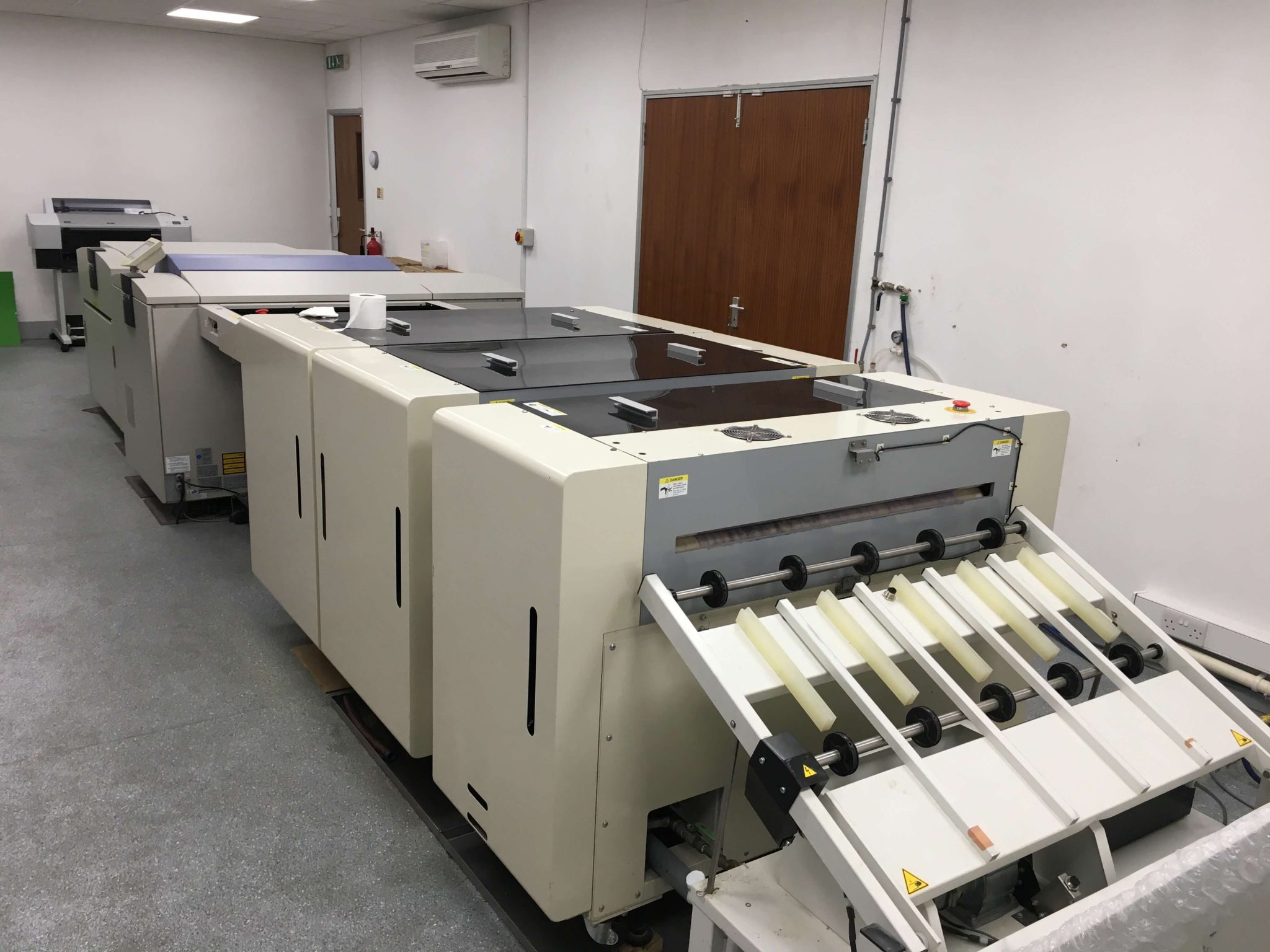
The days have long gone where printers create film and then expose the image onto plates using a print down frame. Making plates for the press is now completely automated. Once a customer approves their Epson proofs the files are sent to the plate processor where a set of lasers fire the image into the surface of the waterless plate creating holes in the silicone coating . It is then developed in water with fine brushes, which washes any debris from the image surface and is then stacked in sets at the end of the machine.
This continual process means that we use a considerable amount of water during the developing stage. We harvest the water from the waste pipe which leads into two large tanks which are located in the room above the toilets, we then use the water to flush our toilets, and general cleaning. Good for the water bill, great for the environment.
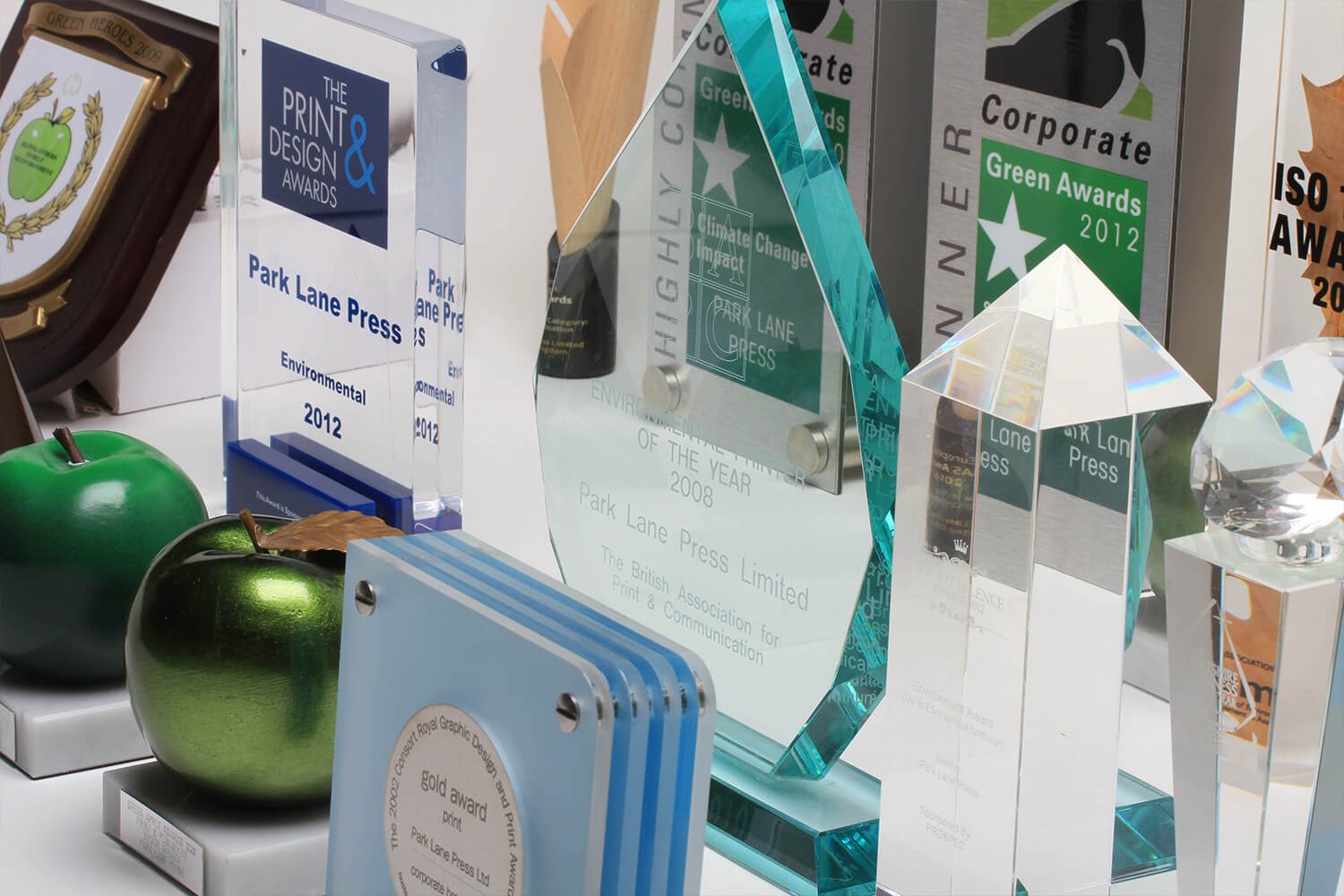
Many thanks for the fabulous stationery. We are delighted as usual. Thank you also for the care and attentive service that Park Lane deliver! Hopefully we will giving away lots of the delicious new business cards at the Listed Property Show this weekend. Wendy T.
Yes, they’re all here and look great Jess P.
Thank you so much for the boards, they are perfect. Paula P.
Great, thanks Marc – I’ve had delivery of the file copies this morning. They look great 🙂 Gemma B.
Yep we’ve got them, they look fantastic Chris B.
Thanks for your help with the reports for our House of Commons event! Katy B.
Got our catalogues – everyone is happy. Thanks for doing a good job! Phil F.
Thank you the cards have arrived safely and are looking great Ute D.
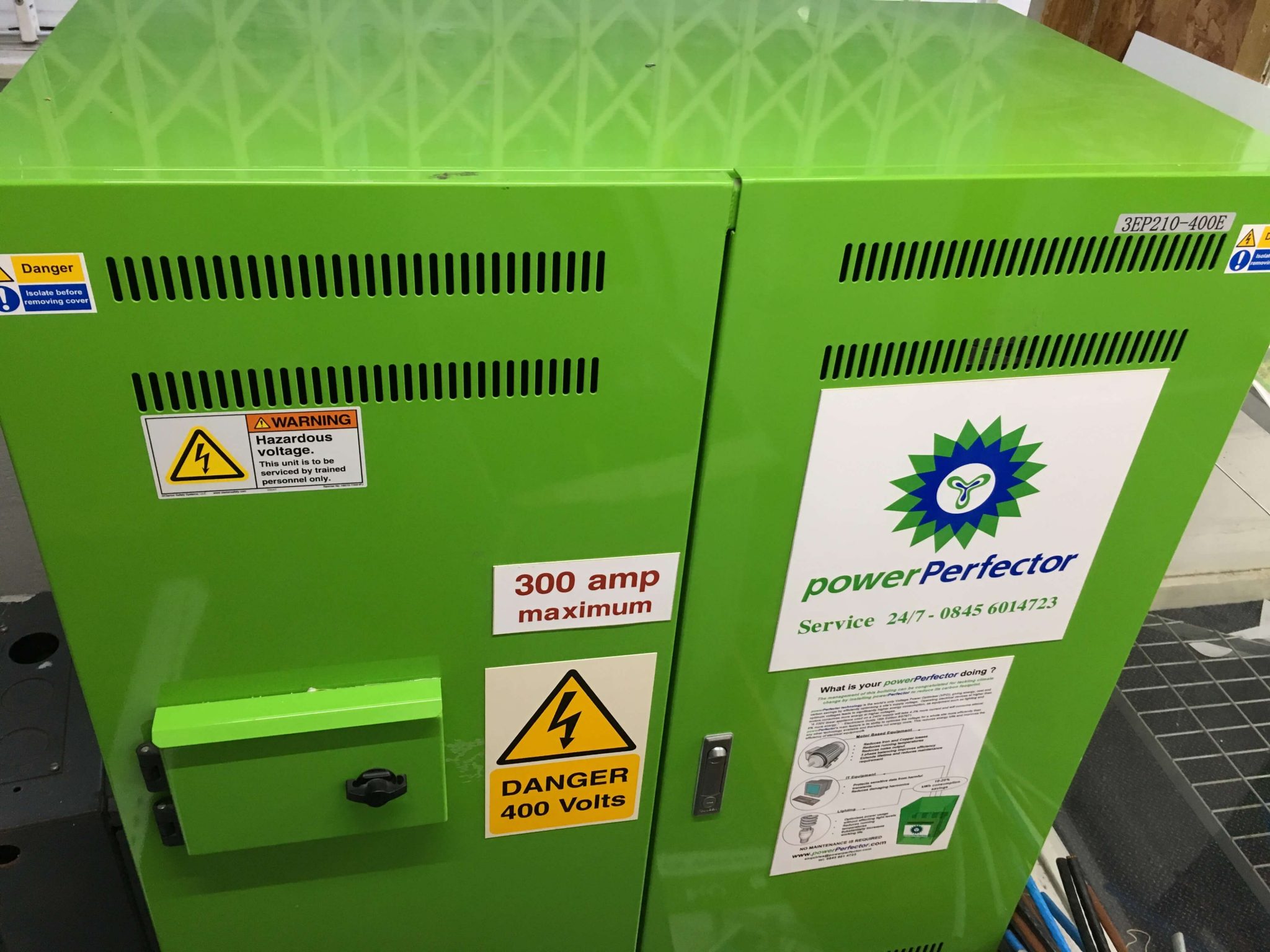
I love green technology that continues to pay you back! We purchased this Voltage Power Optimiser around 10 years ago. This is an electrical energy saving device which is installed in series with the main electricity supply to provide a reduced supply voltage to our site equipment. It saves in the region of 12% p.a. on our electric bill which in turn more than offsets the extra cost for the 100% renewable electricity we use in the business.
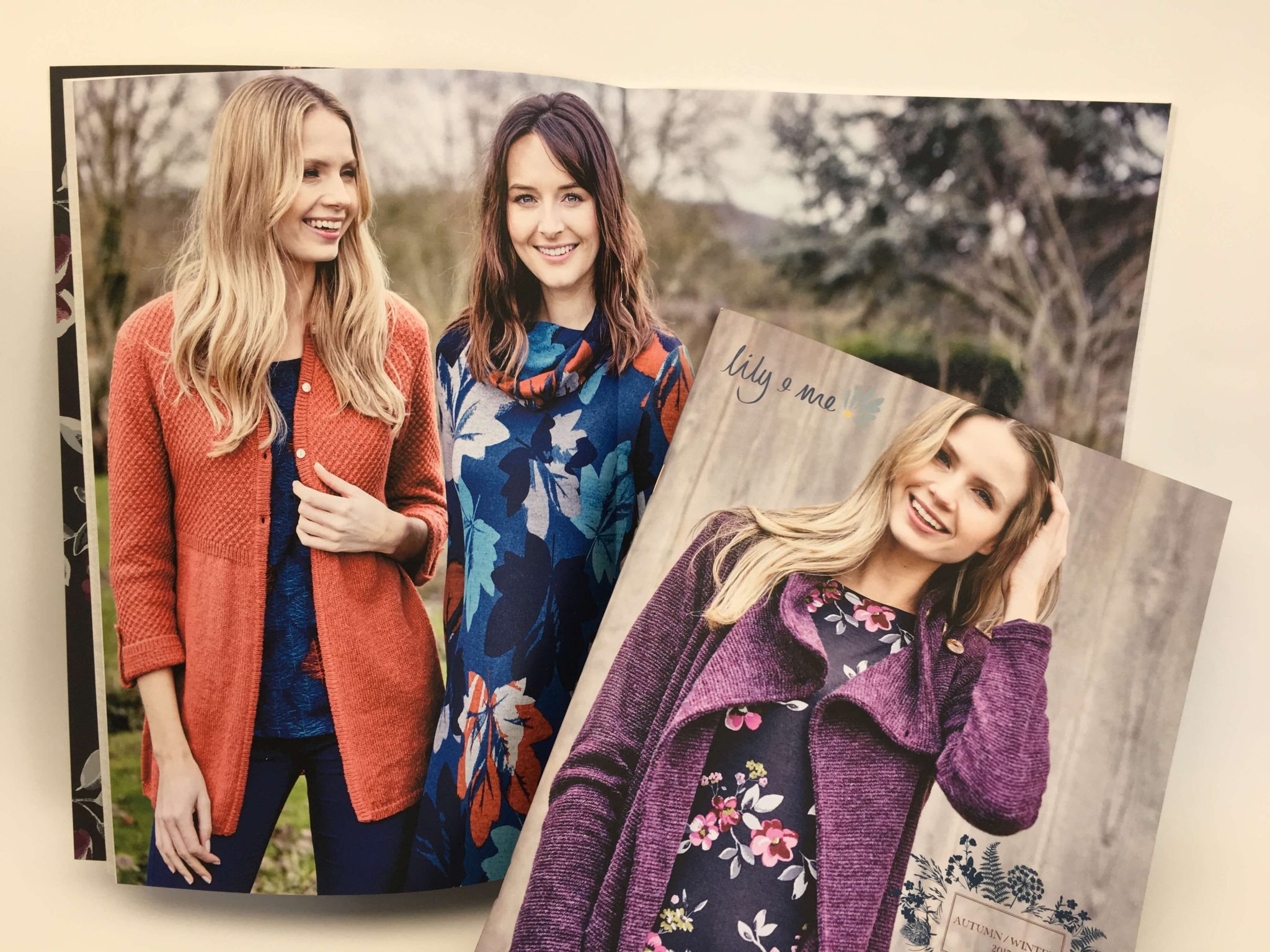
This clothing collection is inspired by rural woodlands, landscapes and gardens and the prints are bursting with beauty and the colour of nature.
Park Lane Press has had the pleasure of producing the brochures for this brand for a couple of years now. The quality photography provides an opportunity for us to show what we can achieve on uncoated stock.
Reprographics
The higher the image dpi the higher the screen ruling we can run to achieve the best results in terms of detail even on uncoated paper. In this instance, we ran to 225 lines per inch, our maximum is 300 line.
Using our waterless process allows us to run a special ink set which lifts the images providing a greater colour gamut, beyond what is normally achieved on a conventional four colour set and towards the original RGB images, giving a life like reproduction even on uncoated.
Finishing and mailing
Even though the brochure has 64pp it has been saddle stitched, great importance is always given to the page creep and we adjust accordingly within our normal protocol to ensure the creep is minimised. Adding a carrier sheet, we polywrap and mail on our Royal Mail account.
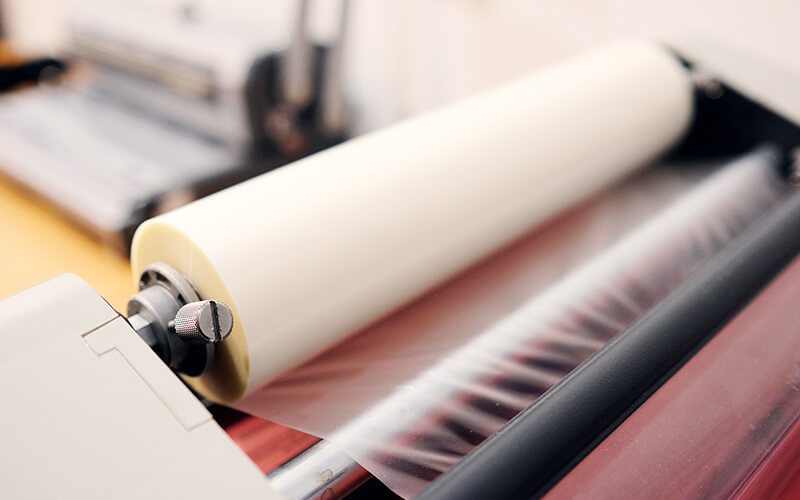
Lamination is a process where a very thin layer of plastic is applied to the surface of paper or card. It helps protect the print beneath. It is also tear resistant and water resistant. Having materials laminated improves wear and tear in terms of handling, and potential damage from the sun
There are several types of laminate available on the market, many of my customers are unsure about which ones to use – here are details of the most common types.
Gloss laminate
This is the most commonly used laminate, generally used for book covers and brochures. This laminate is the cheapest on the market and is extremely durable. It provides lift to the image beneath, as the images become crisper and sharper providing more contrast. The laminate can be easily wiped clean if it gets dirty.
Matt Laminate
Matt laminate is also very popular as it provides a muted finish. It is a softer look and has lower contrast on darker areas. Matt laminate is affordable and is commonly used in conjunction with Spot UV for affect. It has a velvet feel and is nice to handle. The disadvantages of Matt laminate is that it can be easily bruised and scuffed with general handling, making the product look battered pretty quickly. The darker the printed image the more easily this is visible.
Soft touch laminate
This laminate has become very popular in the past couple of years, mainly as it doesn’t mark very easily and it has a matt finish. However the texture isn’t liked by everyone as it feels a bit like chamois leather. This laminate is more expensive than matt.
Anti -scuff matt laminate
This the most expensive of all the laminates listed but it does provide a higher quality product. This type of laminate is best used on very dark areas of print where you want it to remain pristine and have a matt finish.
Spot UV Varnish
This effect isn’t so popular these days. Spot UV varnish is an offline UV application and if it hasn’t been managed properly at the printing stage can have a poor finish. This is due to either “orange peeling” which can occur if too much spray is applied, or fit issues if the print isn’t registered properly. If the UV runs over a fold or a spine it will crack, so please remember this at the design stage. If printed correctly is can provide stunning results.
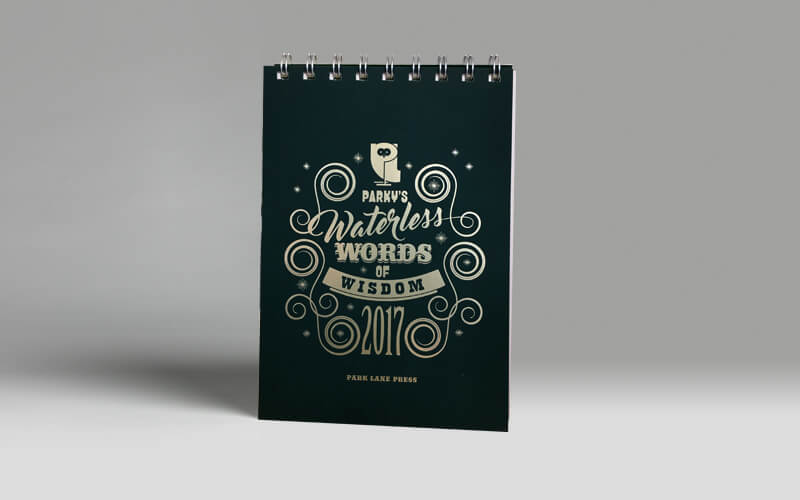
Our 2017 desk top calendar has been distributed and we have had some fantastic feedback. The calendar was printed with 4 colour text and a pantone double hit to the cover and easel, with a anti-scuff laminate to the outer and finished with a gold coloured foil, a truly beautiful piece.
After years of producing landscape wall calendars we felt that it was time for a change and with the move to open plan offices and limited wall space the desk option was the way to go. Les Welch at Lionhouse designed the job spending hours on the detail on each quote that interleaves the months using his creative brilliance. We are all very proud of the finished item. We still have few left should you like one.